Journey to the heart of Australia and experience the sacred wonder of Uluru. Witness stunning sunrises and sunsets, discover Aboriginal culture, and explore the dramatic landscapes of the Red Centre through curated tours.
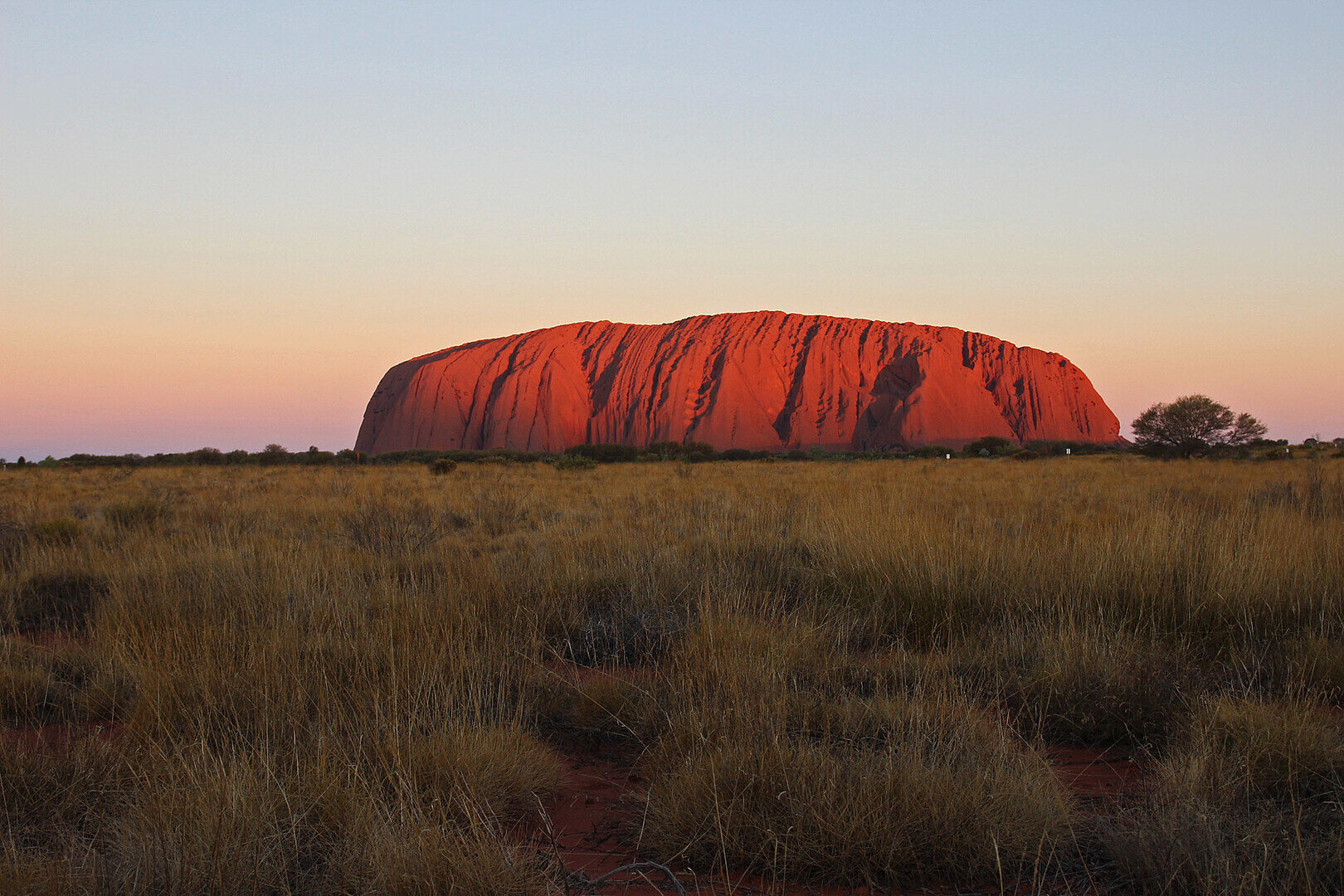
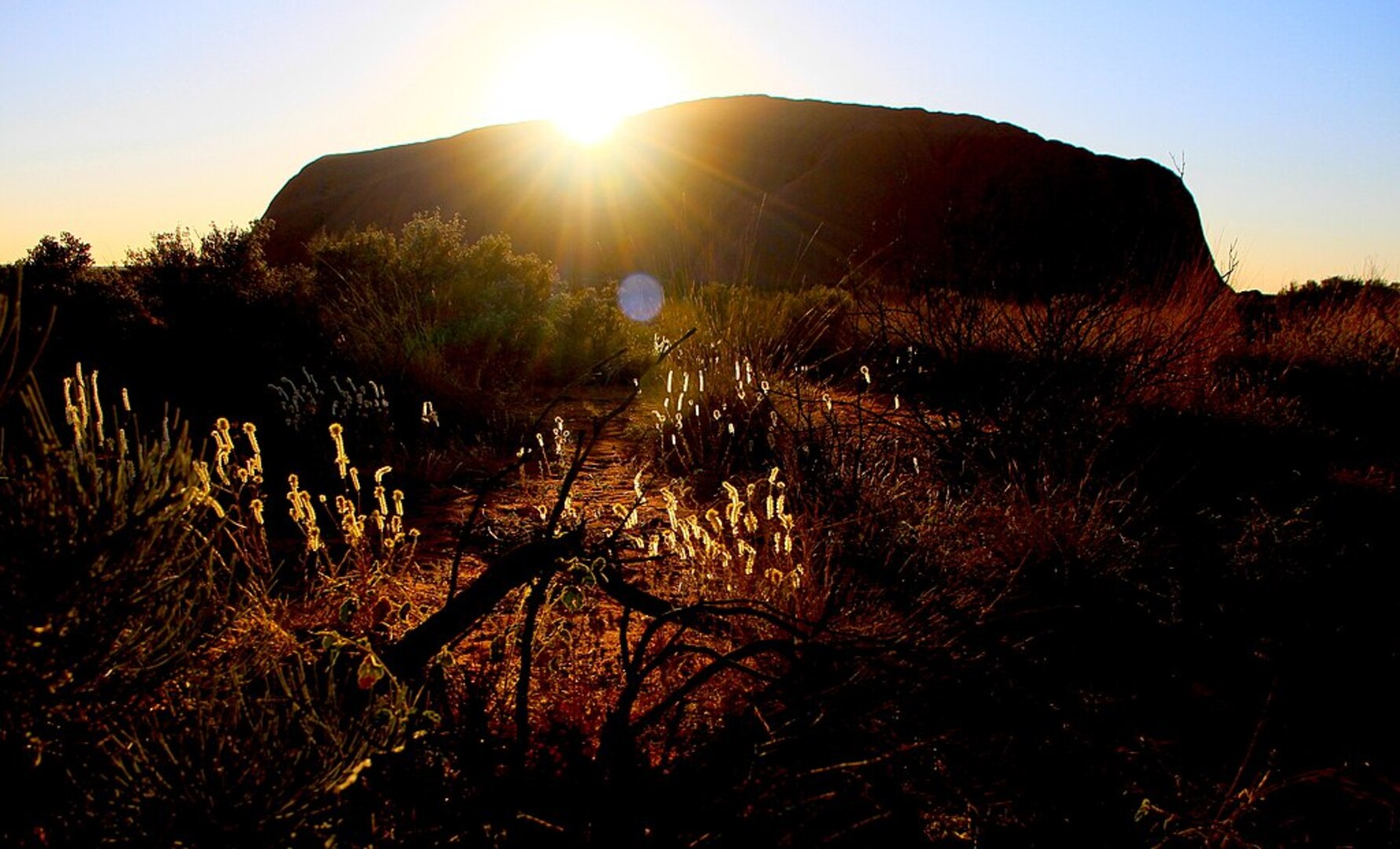
Witness the breathtaking sunrise over Uluru and explore the stunning Kata Tjuta formations. Includes guided walks, cultural insights from Aboriginal guides, and breakfast in the heart of the Red Centre.
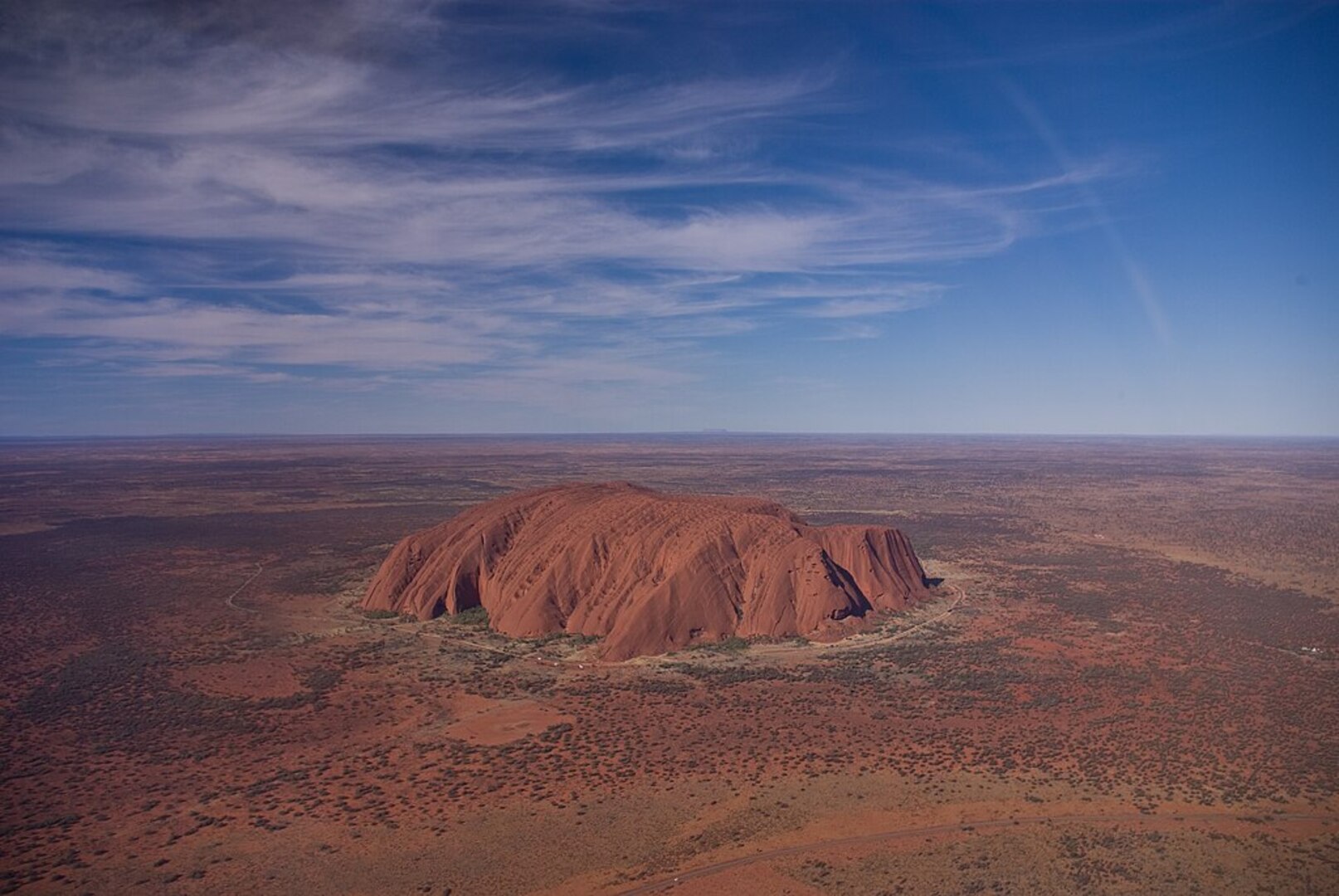
Soar above Uluru for a unique aerial perspective of this iconic landmark and the surrounding Red Centre landscape. Capture stunning photographs and see both Uluru and Kata Tjuta from above.
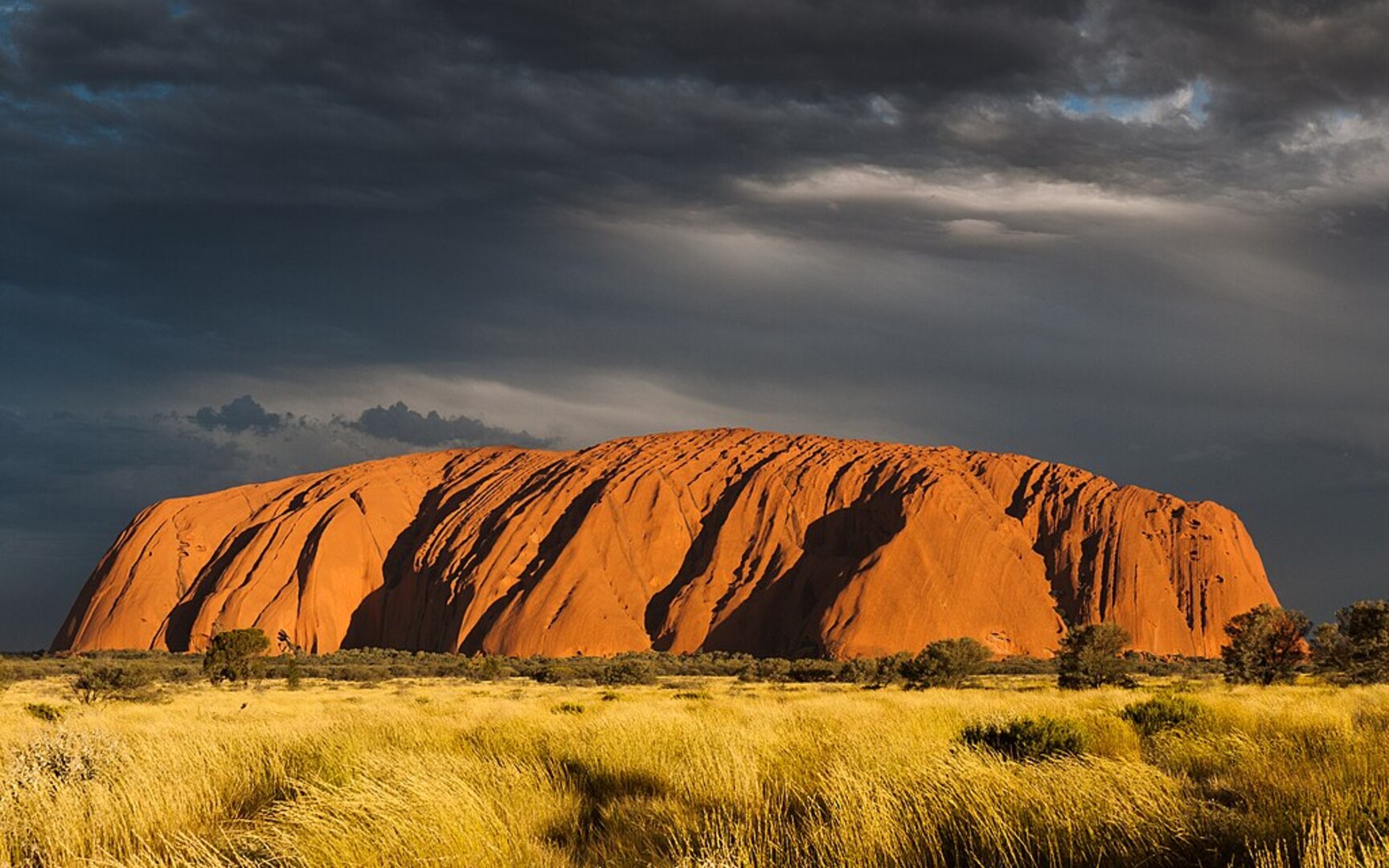
Experience the magic of Uluru at sunset while enjoying a selection of fine wines and artisan cheeses. Includes guided tour of sacred sites and cultural storytelling as the monolith transforms with the changing light.
Rising 348 meters from the surrounding plains, Uluru stands as one of the world's most recognizable natural landmarks. This massive sandstone monolith, formed over 550 million years ago, is sacred to the Anangu people who have been its traditional custodians for tens of thousands of years.
More than just a geological wonder, Uluru represents the spiritual heart of Australia and serves as a powerful symbol of Aboriginal culture and connection to country. Its dramatic color changes throughout the day, from deep red at sunrise to glowing orange at sunset, create an ever-changing canvas that has captivated visitors from around the world.
Discover History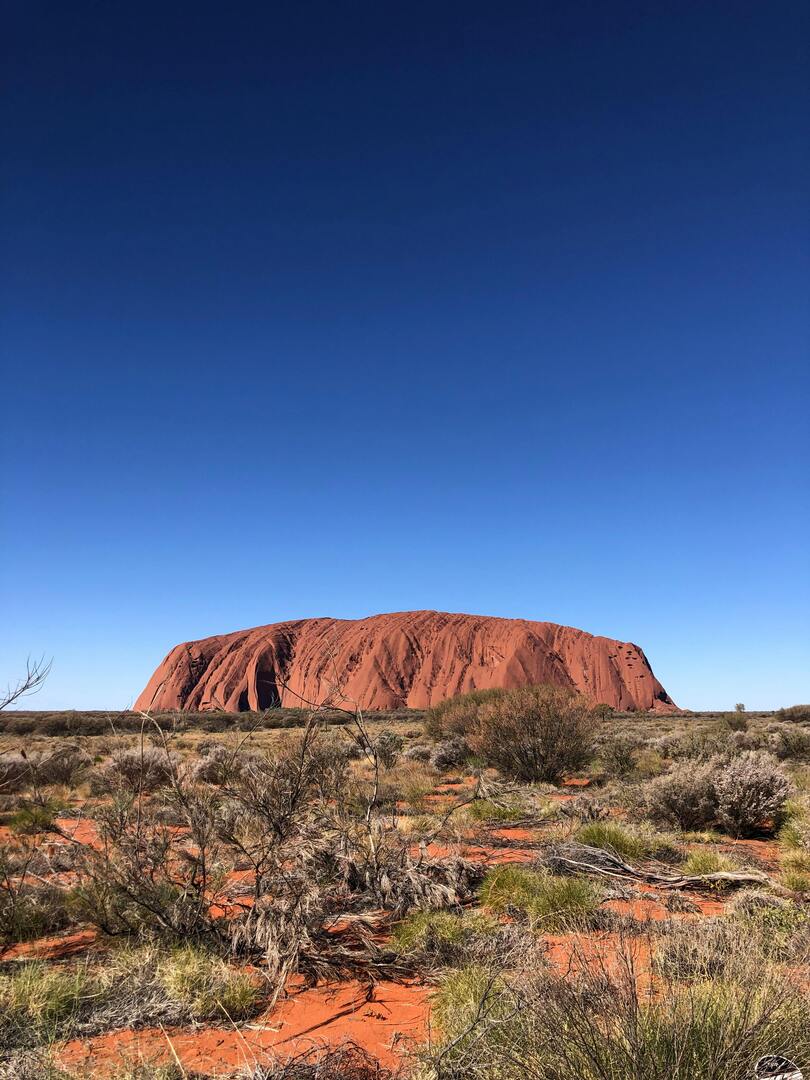
Experience the spiritual power of Australia's most iconic natural landmark. Standing 348 meters high and formed over 550 million years ago, Uluru offers a profound connection to ancient landscapes and Aboriginal culture.
Witness the magical transformation as Uluru changes color throughout the day. From deep red at dawn to brilliant orange at sunset, the monolith creates an ever-changing natural masterpiece against the desert sky.
Learn from the world's oldest continuous culture through guided experiences with Anangu traditional owners. Discover ancient Dreamtime stories, traditional practices, and the deep spiritual connection to this sacred site.
Capture the raw beauty of Australia's Red Centre with stunning sunrise and sunset photography opportunities. The dramatic desert landscape provides perfect backdrops for once-in-a-lifetime photographs.
550 Million Years Ago – Ancient Formation: Uluru began forming during the Cambrian period as layers of sediment accumulated in an ancient sea. Through geological processes of folding, tilting, and erosion, this massive arkose sandstone monolith emerged.
65,000+ Years Ago – Anangu Custodianship: The Anangu people became the traditional custodians of Uluru, establishing deep spiritual connections and developing rich cultural traditions centered around this sacred site through tens of thousands of years.
1873 – European Discovery: Explorer William Gosse became the first European to sight Uluru, naming it "Ayers Rock" after Sir Henry Ayers, the Chief Secretary of South Australia, though the Anangu had known and protected this place for millennia.
1985 – Return to Traditional Owners: After decades of campaigning, the Australian government returned ownership of Uluru to the Anangu people, who then leased it back to Parks Australia for joint management as a national park.
Present Day – Living Culture: Today, Uluru continues to be sacred to the Anangu people while welcoming respectful visitors from around the world to experience its natural beauty and learn about Aboriginal culture and connection to country.
Explore cultural highlights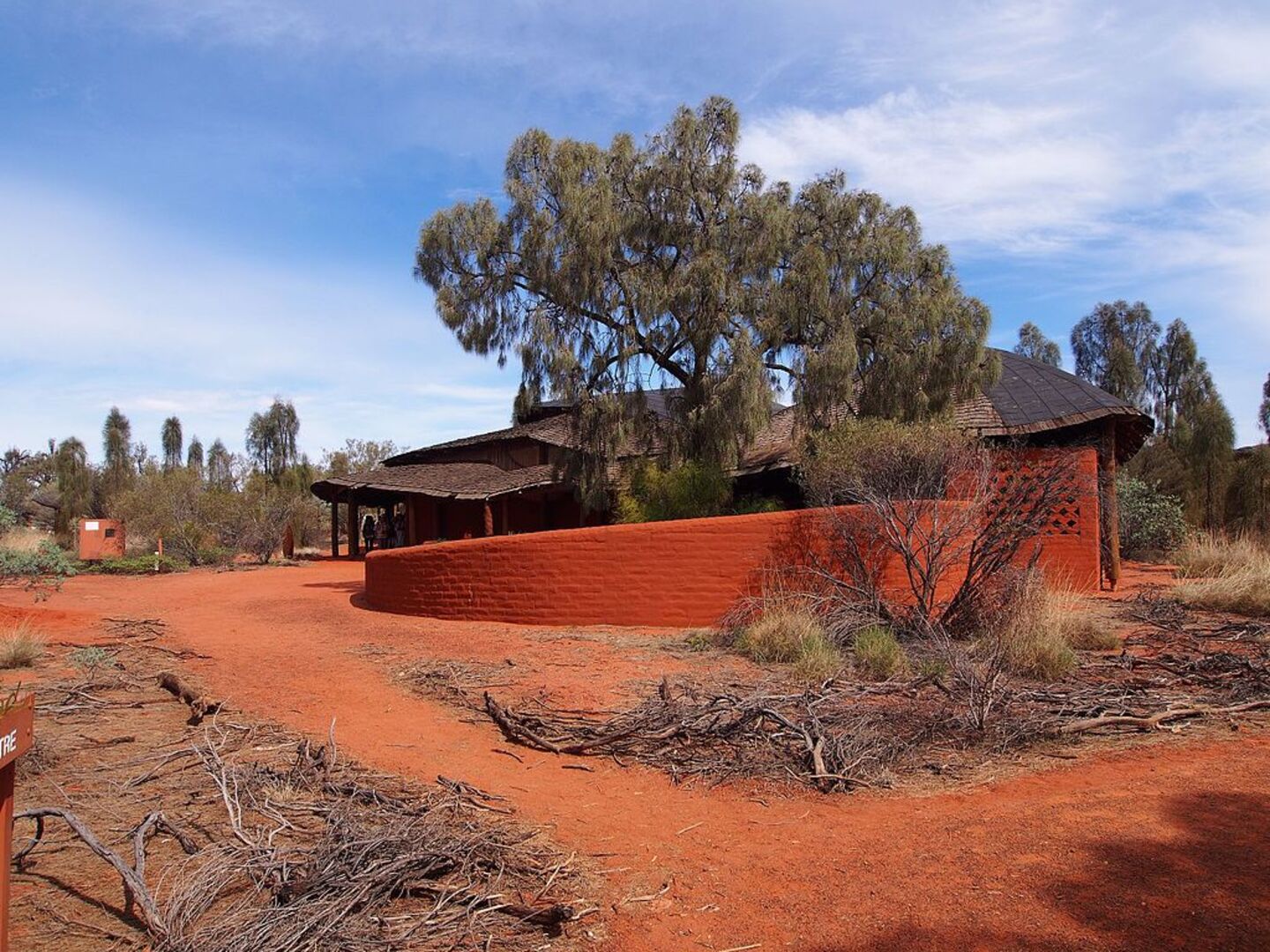
Begin your journey at the award-winning cultural centre featuring traditional and contemporary Aboriginal art, cultural exhibits, and educational displays. Learn about Anangu culture, Tjukurpa (traditional law), and the significance of this sacred place before exploring the monolith.
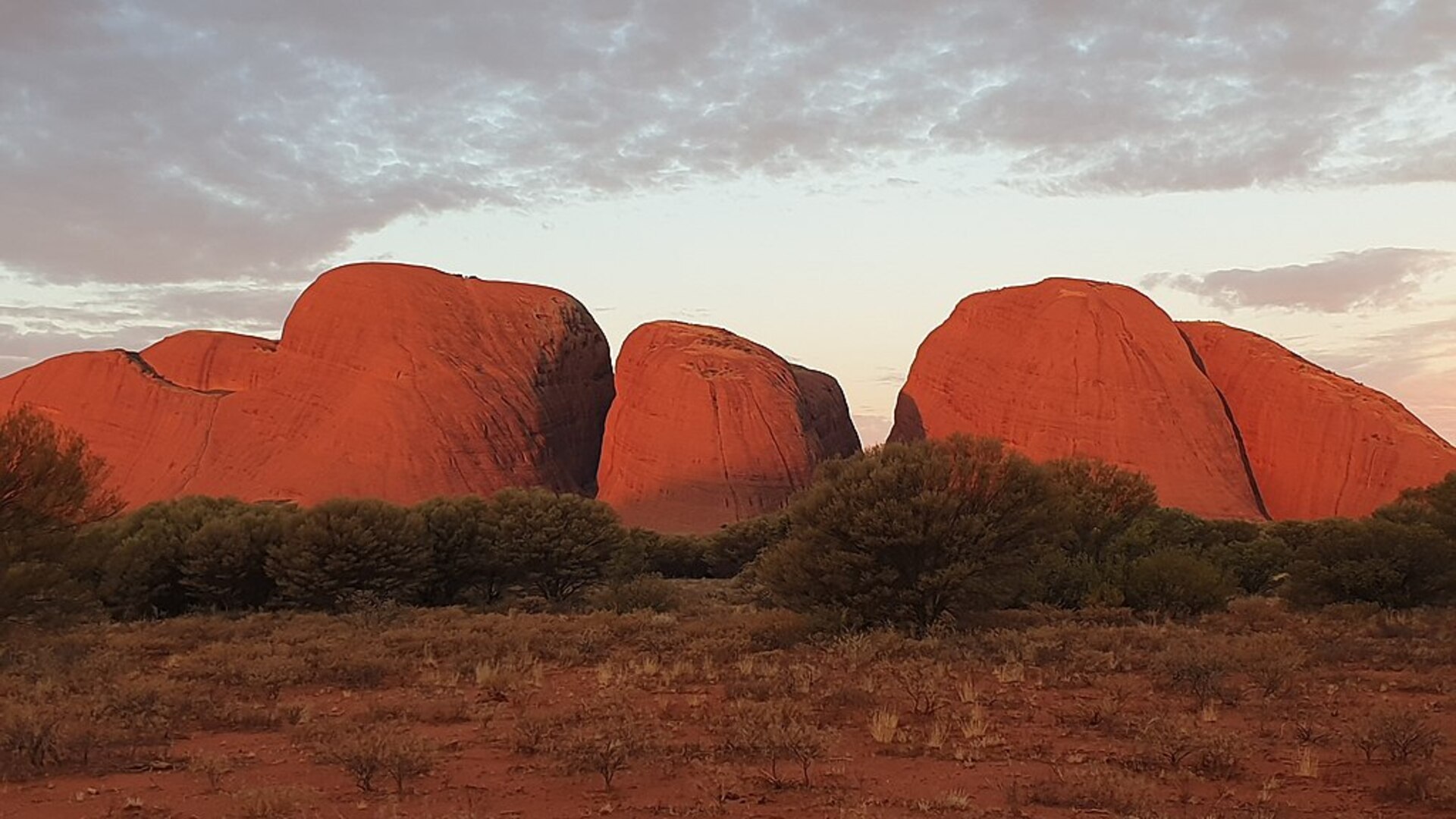
Explore the spectacular group of large, domed rock formations located 25 kilometers west of Uluru. These 36 steep-sided rocks rise from the desert floor, creating a mystical landscape of deep gorges and hidden valleys perfect for hiking and photography.
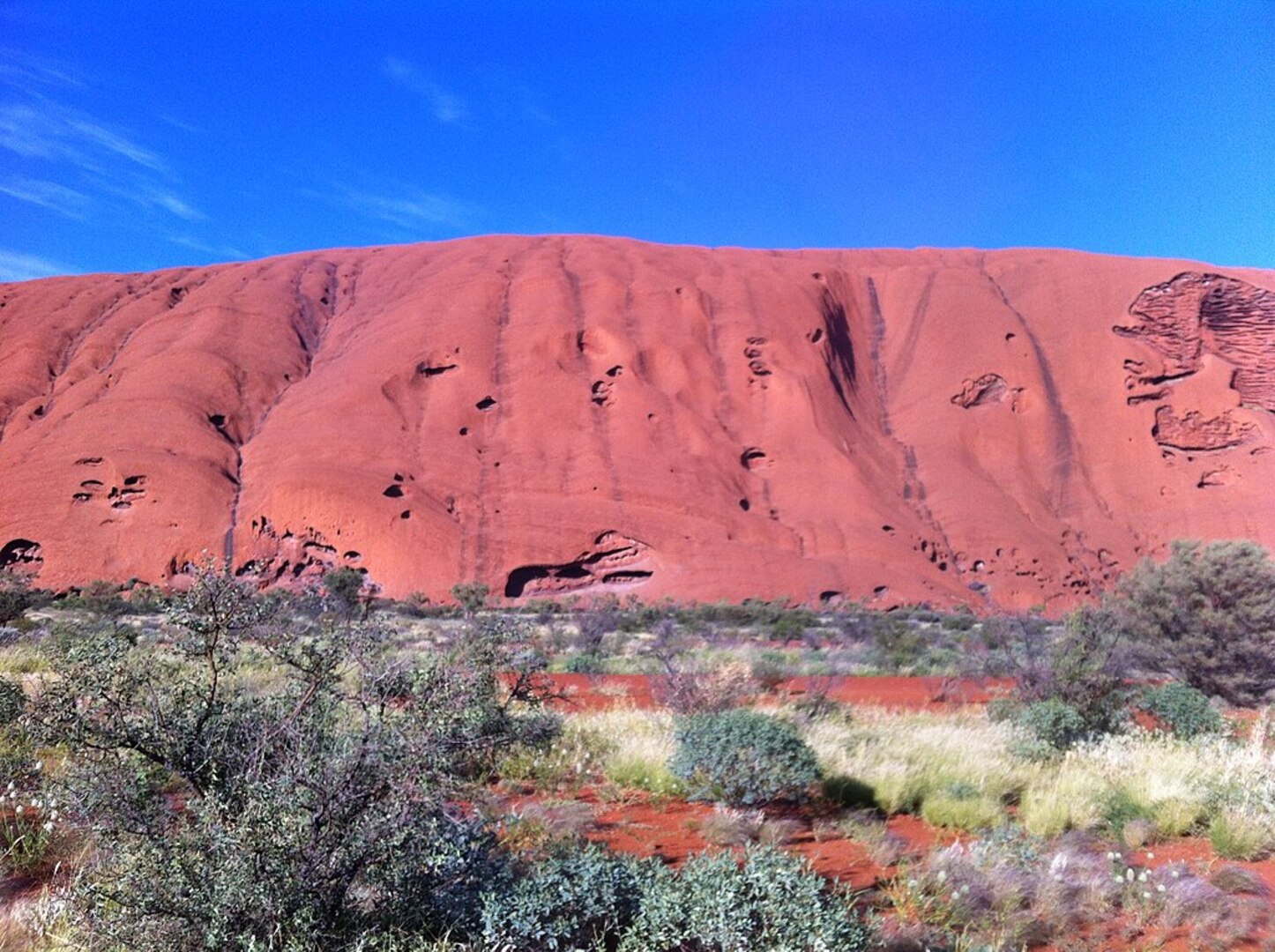
Complete the 10.6-kilometer circumnavigation of Uluru on this spectacular walking track. Discover waterholes, caves, ancient rock art, and sacred sites while learning about traditional land management and the deep spiritual connection of the Anangu people to their country.
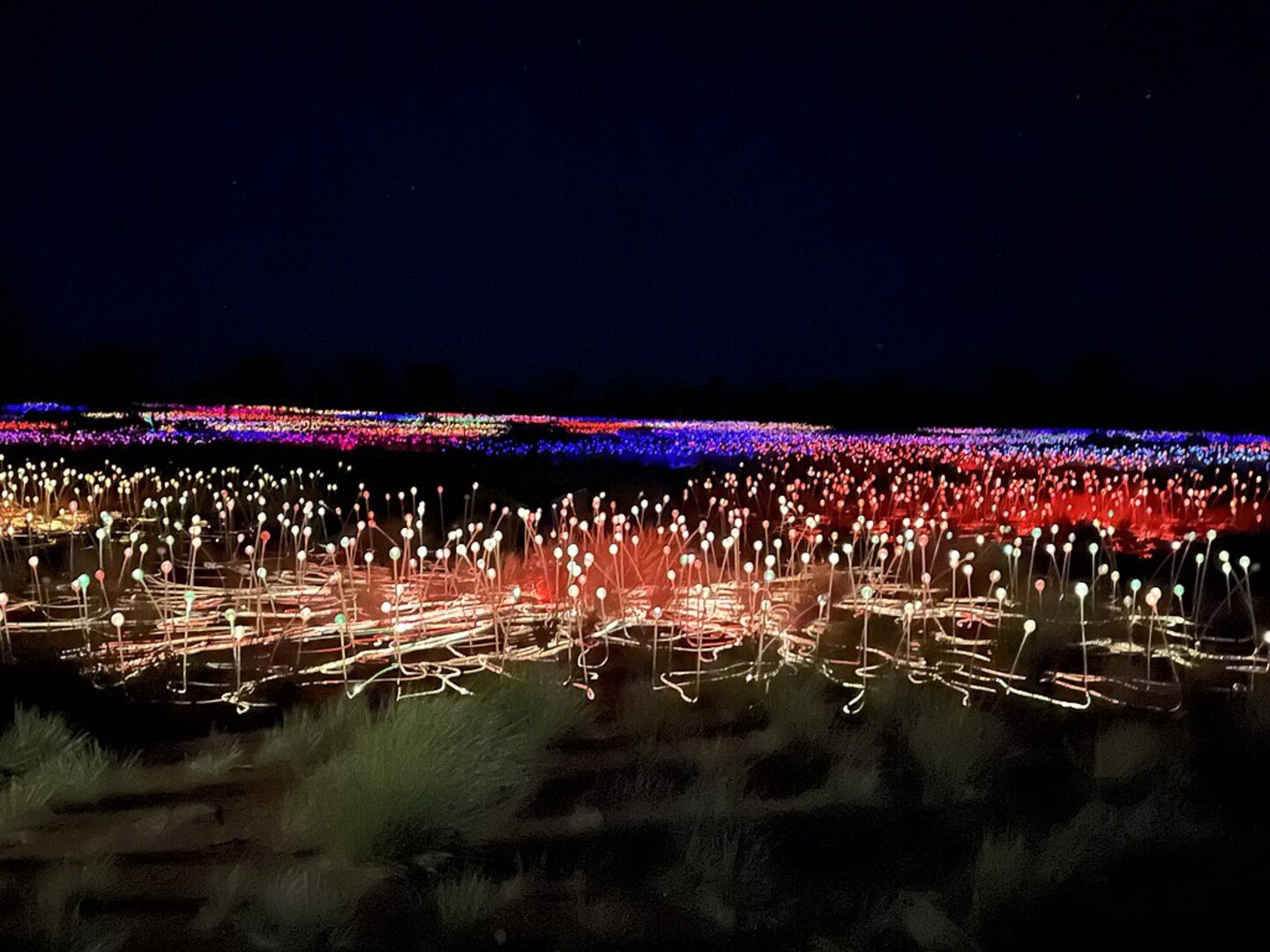
Experience Bruce Munro's internationally acclaimed art installation featuring 50,000 solar-powered spheres that bloom across the desert landscape. As darkness falls, the installation awakens in gentle rhythms of light, creating a symphony of color against Uluru's silhouette.
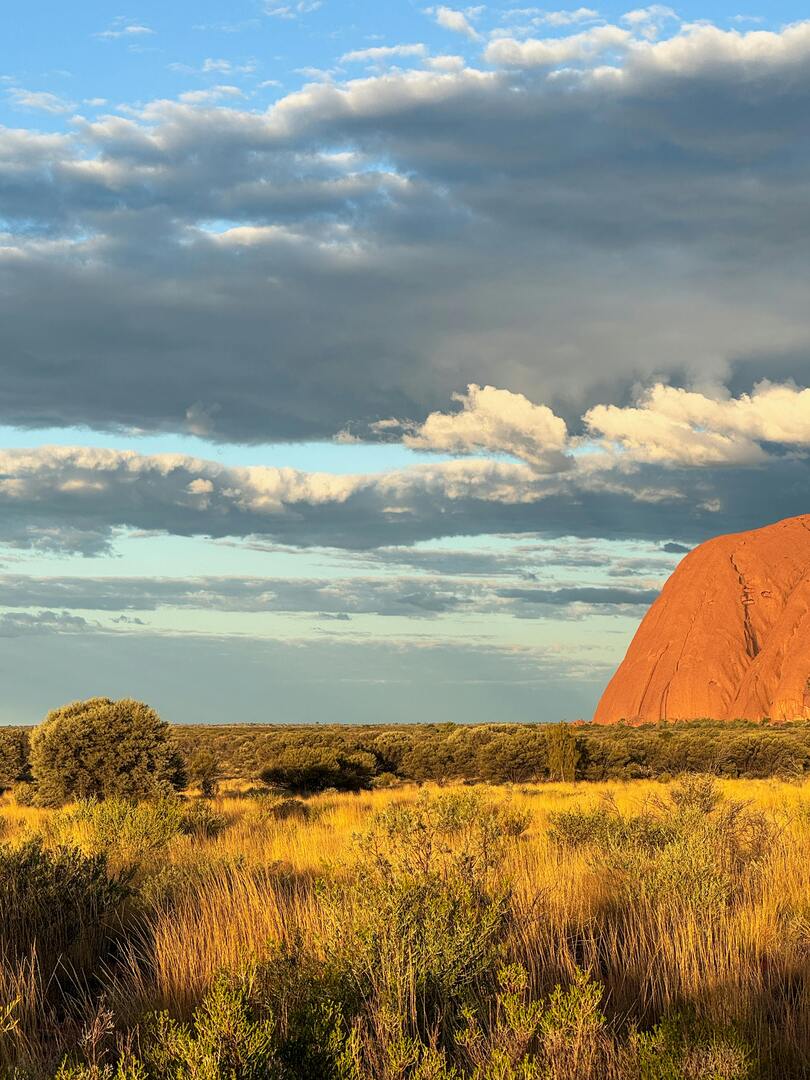
Make the most of your Uluru experience with these essential visitor tips:
Location: Uluru-Kata Tjuta National Park, Northern Territory
Nearest Airport: Connellan Airport (AYQ) - 20 minutes
Coordinates: 25°20′42″S, 131°02′10″E
Uluru rises majestically from the heart of Australia's Red Centre, surrounded by vast desert landscapes and the nearby Kata Tjuta formations. Located within the UNESCO World Heritage-listed Uluru-Kata Tjuta National Park, accessible by flights to Ayers Rock Resort or scenic drives from Alice Springs.
Plan for a minimum of 2-3 days to fully experience Uluru. Allow a full day for sunrise tours, base walks, and cultural centre visits. Multi-day stays at Ayers Rock Resort provide the best opportunity to experience both sunrise and sunset.
Yes, a 3-day Uluru-Kata Tjuta National Park pass is required ($38 USD for adults). Most tour packages include park entry. Passes can be purchased online in advance or at the park entrance.
Absolutely. Uluru offers family-friendly walking tracks, educational programs at the Cultural Centre, and ranger-guided activities. The easy walks around the base are suitable for children, with plenty of opportunities to learn about nature and culture.
April to September offers the most comfortable weather with clear skies and mild temperatures. Sunrise and sunset provide the most spectacular color displays. Winter months (June-August) offer perfect daytime conditions for walking.
No, climbing Uluru is prohibited and culturally inappropriate. The Anangu people, traditional owners, consider Uluru sacred and request that visitors respect this by not climbing. Many walking tracks around the base offer incredible experiences instead.
Ayers Rock Resort offers various accommodation from luxury hotels to campgrounds, all located outside the National Park. Options include Sails in the Desert, Desert Gardens Hotel, and Ayers Rock Campground to suit different budgets.
Bring sun protection (hat, sunscreen, sunglasses), comfortable walking shoes, water bottles, layers for temperature changes, and a camera. Respect cultural protocols - some areas have photography restrictions.